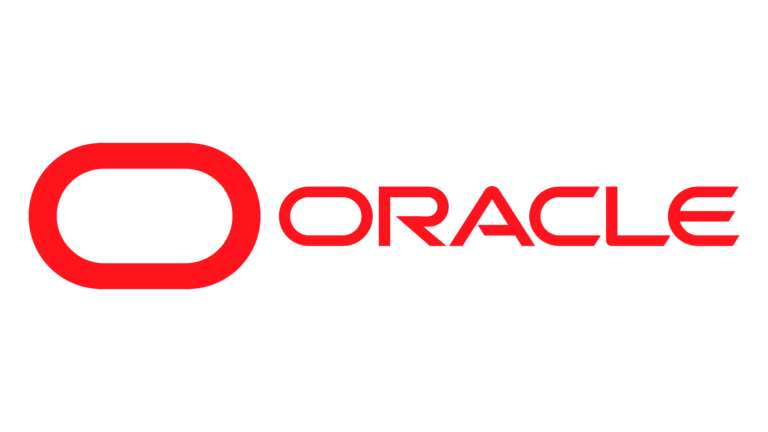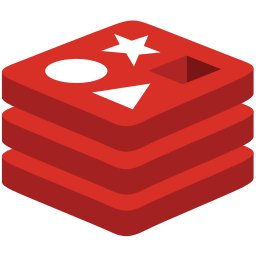| arch: server | C/S Oracle has a family of databases, even with nonsql one. | C/S | Embedded or traditional C/S? |
| arch: run in browser? | no | no | It also known as a client-side database, is a database that is stored and managed within a user's web browser, rather than on a remote server. |
| arch: clustering/HA | RAC, Data Guard | | |
| arch: in-memory support | Oracle Database In-Memory option | | |
| arch: Multi-master support? | yes | | if multi-master support? |
| arch: primary/read replica? | yes | | if primary + mulitiple read replica supported |
| replication: sync/async | both | | Can commits wait or w/o wait for replicas to acknowledge |
| replication: WAL shipping | yes | | Uses write-ahead log (WAL) shipping for replication |
| sessions: max | 262143 | | |
| tables: max number per database | undefined | | |
| tables: max number of columns | 4096 | | Max number of columns per table |
| contraints: max per column | undefined | | |
| partitions: methods | Range, List, Hash, Composite (sub-partitions supported). | | Supported partitioning strategies (range, list, hash, etc.). |
| partitions: global index | yes | | index across partitions |
| constraints: max per database | 4,294,967,293 | | |
| rows: max rows per table | undefined | | The actual number depends on storage etc |
| index: max allowed index | undefined | | Max number of indices allowed per table |
| index: max allowable size | 6400 | | Max index record size (bytes). This constraint is mainly coming from the fact of the database page size: if we exclude blob data types, database engine usally do not allow a record expand more than one page. |
| index: max number of fields | 32 | | Max number of columns allowed in one index |
| partition: max allowed partitions | 1M-1 | | Meta data challenge: 1M partitions just like 1M tables, system have to hold them in memory.
Optimizer challenge: O(N) algorithm may lead to very long planning time if there are excessive partitions. |
| partition: max allowed key columns | 16 | | |
| partition: max number of subpartitions | 1M-1 | | |
| ACID | yes/yes | | for DML and DDL |
| ACID: max isolation level | SI The Snapshot Isolation (SI) implemented by Oracle allows some anomalies, including write skew. But the SI does satisfies ANSI's serializable definition. | | |
| ACID: max ANSI isolation level | Serializable | | |
| ACID: durability | yes | yes | |
| Materialized View: support? | yes | no | |

 Comparison: Oracle vs Redis
Comparison: Oracle vs Redis
 Comparison: Oracle vs Redis
Comparison: Oracle vs Redis